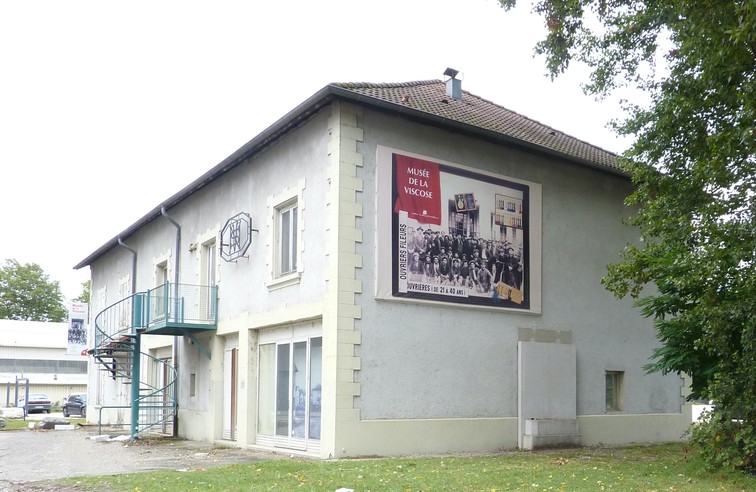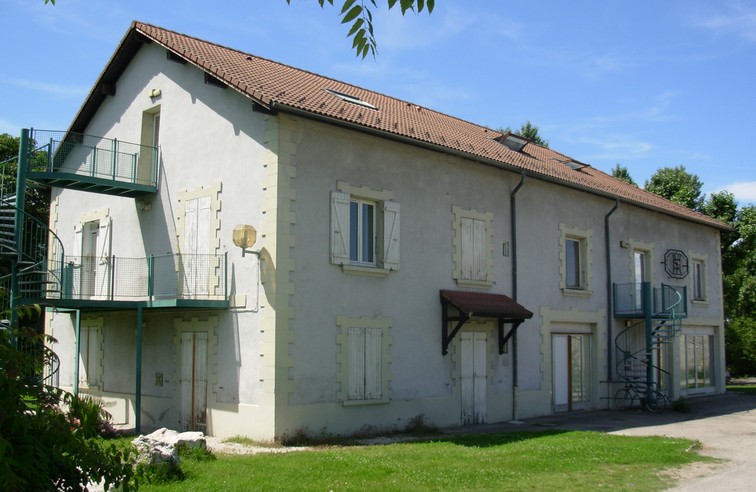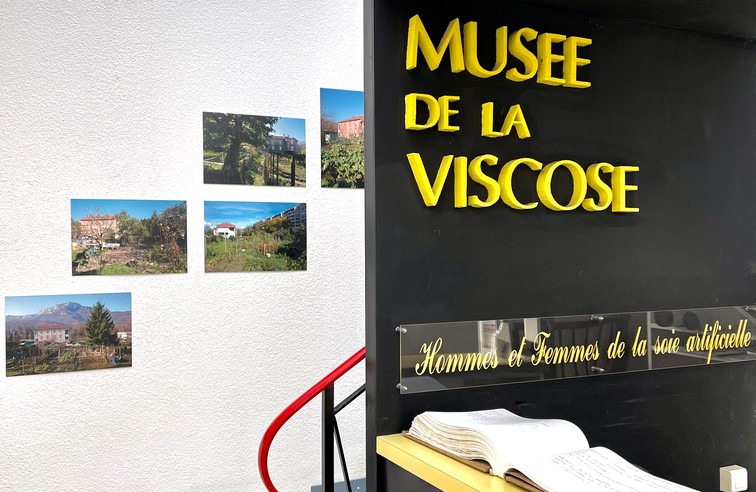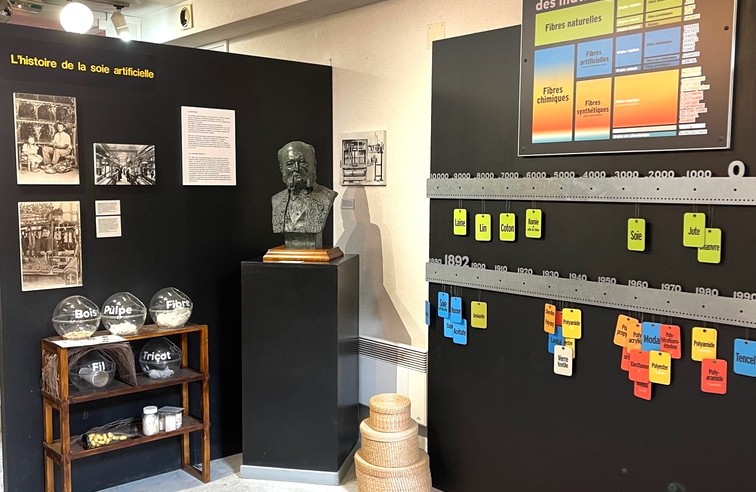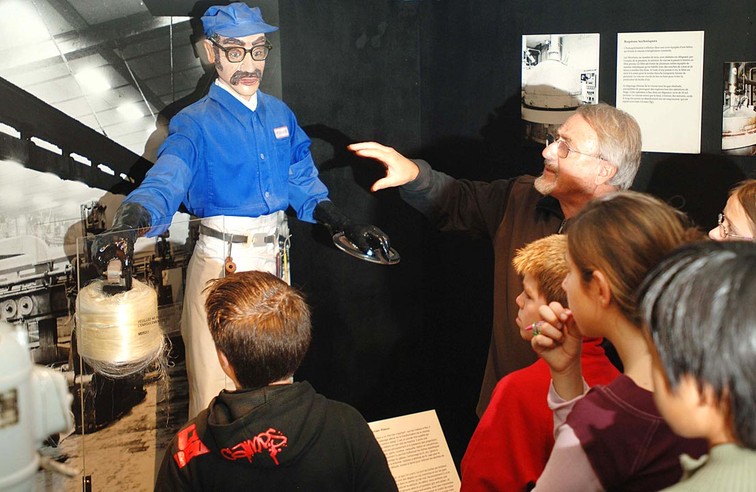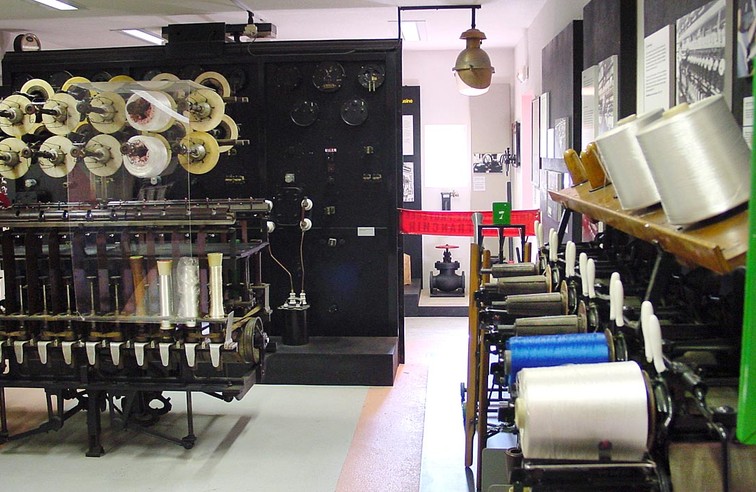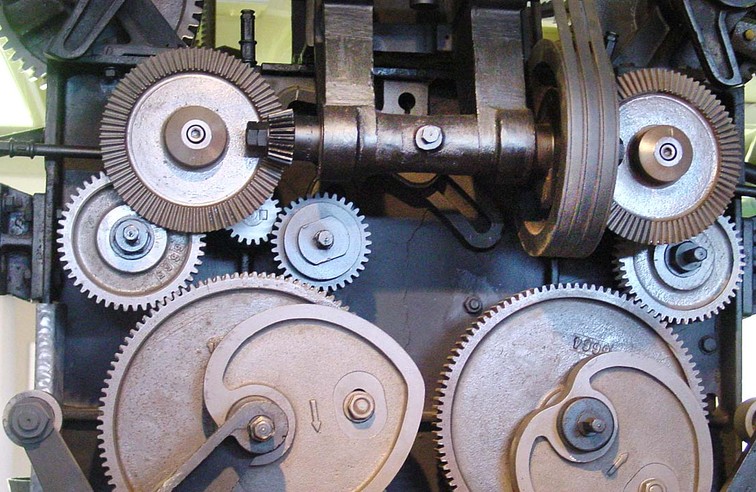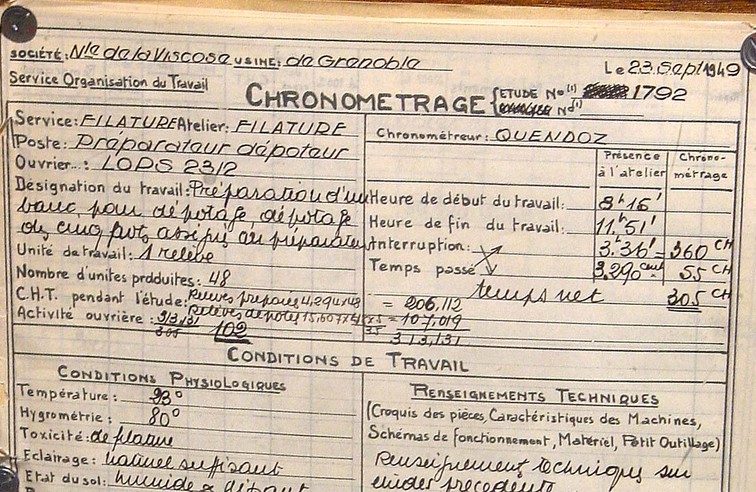Museo de la Viscosa
Arte y cultura, Industria, Historia local
Instalado en el sitio industrial, entre los terrenos de la antigua fábrica y la ciudad que alojaba sus obreros, el Museo de la Viscosa habla de la invención de la seda industrial y de su procedimiento de fabricación.
Seguir leyendo Voir moins
Los visitantes descubrirán la historia de la invención de la seda artificial, el proceso de fabricación, el trabajo en la fábrica, la vida de los trabajadores en la ciudad y la historia de la fábrica, que de 1927 a 1989 acogió a hombres y mujeres de más de cincuenta nacionalidades.
Grupos de niños: mín. 5 / máx. 50
Recorridos táctiles, concursos lúdicos, cine
4 aseos in situ.
Tarifas
Gratis.
Periodo de apertura
Todo el año, todos los dias.
Instalaciones y características
- Mascotas rechazadas
Acceso
Tranvía E / parada Louise Michel, después autobús Chrono 2 / parada Viscose.
- Latitud: 45.157106
- Longitud: 5.702696
Entorno
- Cerca de una parada de transporte colectivo
- Cerca de una autopista
- A las afueras de la ciudad
